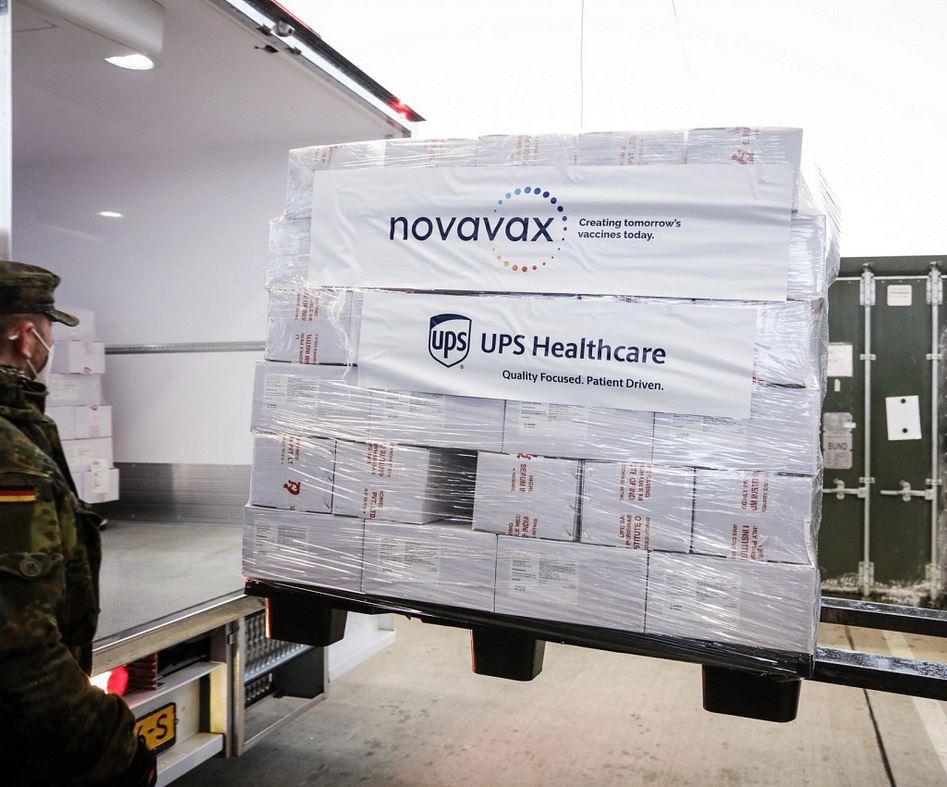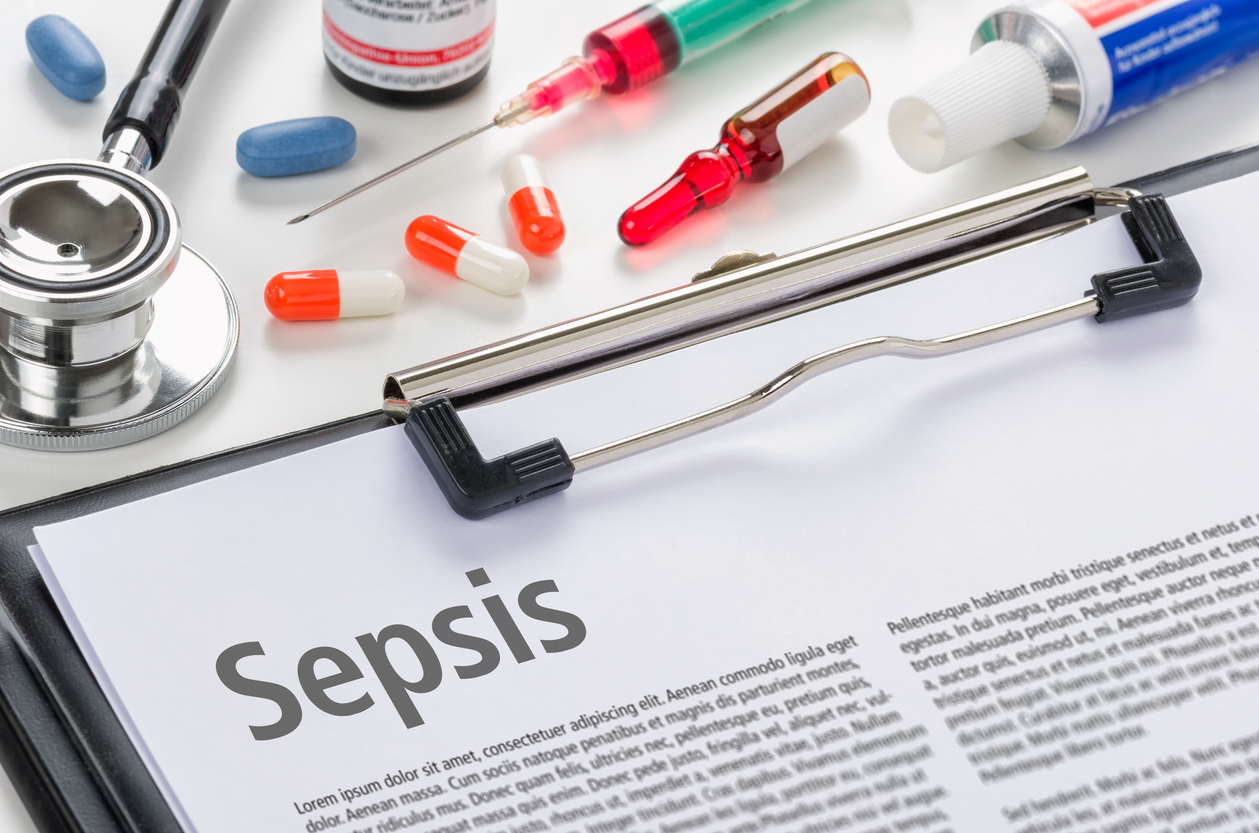
Yesterday, the US Centers for Disease Control and Prevention (CDC) issued a level 2 travel notice (practice enhanced precautions) about yellow fever in South America due to a rise in cases and spread to newly affected areas of Bolivia, Colombia, and Peru.
The travel alert urges travelers to the region to get a yellow fever vaccine at least 10 days prior to leaving the United States and says those vaccinated 10 or more years ago may want to consider a booster dose.
Except for Chile and most of Argentina, all of South America now carries a yellow fever vaccine recommendation, per the CDC’s travel alert site.
First 3 months of 2025 see high activity
The Pan American Health Organization (PAHO) warned earlier this month of growing yellow fever activity in South America. In the first 3 months of 2025, 131 human cases were confirmed, with 53 deaths. In all of 2024, 61 cases were reported, 30 of which were fatal.
Yellow fever is spread by mosquitoes, and the CDC urges travelers to protect against mosquito bites.
Though most cases of yellow fever are self-limiting, about 15% of people infected with yellow fever virus develop severe illness that can lead to liver disease, bleeding, shock, organ failure, yellowing skin and eyes, and sometimes death, according to the CDC.













